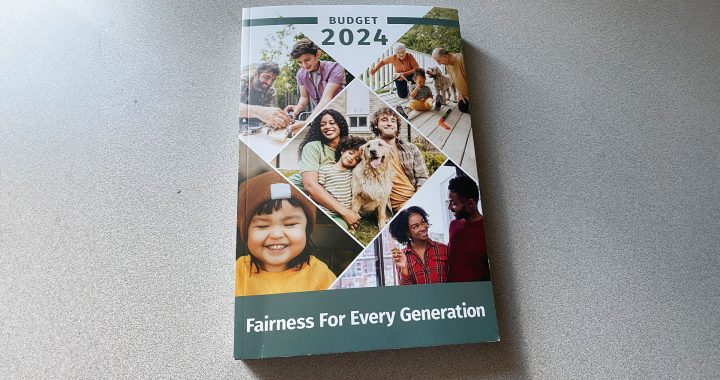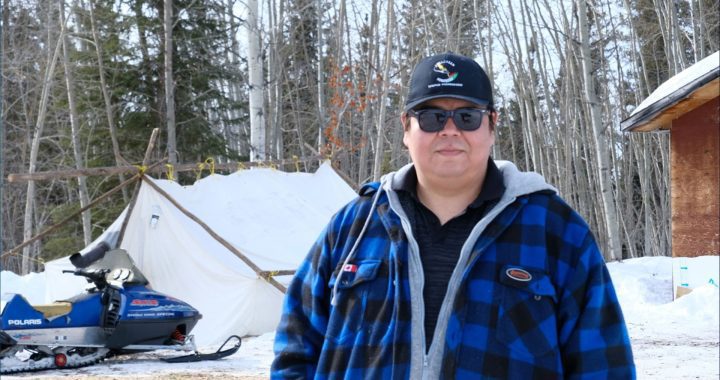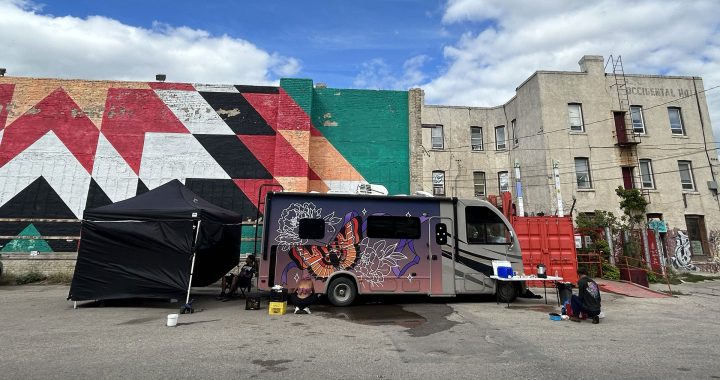InFocus
Sylvia Olsen has a grim distinction.
“How many 64 year old white women know – I mean actually know — seven families who have died in house fires? I think I’m the only one,” Olsen said.
Olsen married into the Tsartlip First Nation on Vancouver island in the 1970s and with her husband, raised their children in reserve-housing for 30 years.
She had a first-hand look at the dysfunctional way housing works and was approached to fix it as the band’s housing manager in the 1990s.
“You think it can’t be hard. There must be an answer. And you get into it with an idea that you can make change,” Olsen said.
But it became apparent to her that the change that was needed and it couldn’t happen within the confines of the national welfare housing model that’s applied on First Nations by the federal government.
“Housing managers and chiefs and councils can make a difference and can make housing in their communities better or worse, it’s true, but there’s a ceiling on that,” Olsen said.
She wrote her PhD dissertation on the reserve housing system, created a tool kit for First Nations housing managers, and now teaches a housing management certificate program a Vancouver Island University.
But all of that is only making the best of a bad situation. The change needed is for Ottawa to stop administering housing and give First Nations the means and tools to do it themselves, she says.
Full interview with APTN’s Kent Driscoll on the story of the family of four living in tent due to Iqaluit housing shortage:
It would cost Canada money, but billions upon billions have been thrown at the problem over several decades under the current system without solving the crisis, so it’s time to do it differently.
“If I were to say there is a fix, a major fix, that it’s that First Nations be actually in control of their own housing,” Olsen said. “But what that means is not just here transfer this over, it means all the mechanisms be in place. Access to capital, access to money, access to people who live on reserve, access to borrowing money if that’s what they choose, social housing programs that were actually made for reserves, not just borrowed from mainstream.
“Programs that actually work in the sort of communities they are being delivered in. When I say First Nations need to be in control of their housing, that’s in the context that there are sensible housing opportunities.”
First Nations control would also allow bands to use their own revenue from economic interests and investments, without being hog-tied by government rules as to how it can be applied housing, as it is now.
Mary-Louise, a caller from Manitoba, addressed what many say is a piece of the housing crisis – people living in band homes who don’t do the bare minimum to take care of them.
The 75-year-old said she’s noticed the situation worsen since the 1970s.
“We looked after our home (back then) is what I’m saying,” said Mary-Louise. “For people who don’t look after their home of course its going to look like piece of sh*t. You’re not painting, you’re not fixing your windows or whatever. Even if you don’t have very much money my girl, you still need to maintain your home. Something that you can be proud of.”
Lack of safe, affordable housing off reserve, also affects a disproportionate number of Indigenous people.
Winnipeg has the largest urban Indigenous population in Canada and if you’re working class or middle-class, your housing prospects are good as housing costs are relatively low in Manitoba’s capital.
But obtaining safe, affordable housing if you live in poverty is a challenge, and even for those with jobs who can pay, they face racism for reluctant landlords, said Christina Maes Nino, executive director of the Manitoba Non-Profit Housing Association.
The situation is improving
“We have a lot of really strong urban Indigenous housing organizations who own and manage their own housing for Indigenous families,” Maes Nino said. “In reality they’re different, because they treat people differently than the private sector does and even public housing does.”
Those watching on APTN News’ Facebook Live feed shared concerns about shoddy workmanship and materials often used on reserves houses, the lack of money spent maintaining the housing supply and the nepotism in communities that too often determines who gets housing.
Someone else added that the treaty right to housing should be transportable to towns and cites – not just on-reserve, while another suggested that the never-ending housing crisis on First Nations is another means of coerced assimilation, as it drives people from their communities – something Maes Nino confirmed happens, as people from across Manitoba arrive in Winnipeg because there’s nowhere to live back home. Once in the city, they often face just another housing crisis.
APTN Investigates kicked off their new season with a two-part series on housing.
Read More: Canada assumed Indigenous people were ‘dying out’: The on-reserve housing crisis that never ends
Part 2 airs Friday, Oct. 18 after APTN National News.











